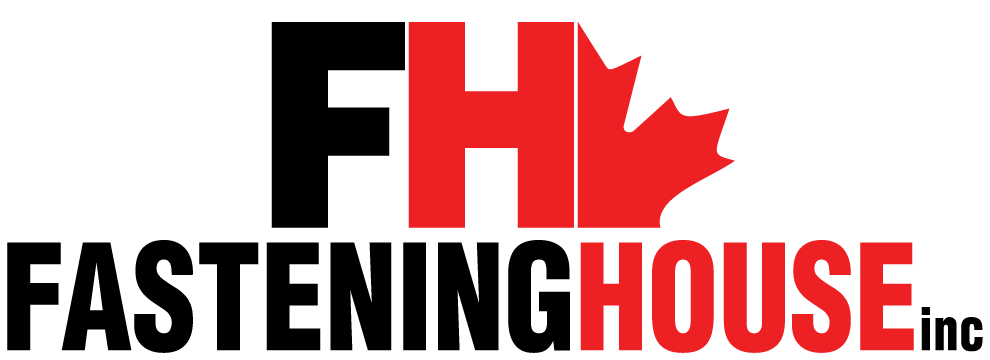 You’ve decided it’s time to upgrade your drill, but what type should you choose? Do you find one packed with power that needs to be plugged in at all times, or do you want the freedom and agility of a battery-powered tool? Do you need to punch through concrete and stone, or will you be working with wood and drywall?
You’ve decided it’s time to upgrade your drill, but what type should you choose? Do you find one packed with power that needs to be plugged in at all times, or do you want the freedom and agility of a battery-powered tool? Do you need to punch through concrete and stone, or will you be working with wood and drywall?
Whatever your needs, it’s important to research your options and decide what kind of drill will be best for you.
We’ve put together this guide to help you pick your perfect drill:
1. Consider How You’ll Use Your Drill
Before choosing a drill, you need to figure out what you’ll be using it for.
Questions to think about include:
- What kinds of surfaces will you need to drill into?
- Do you need to be able to position or hold it in a certain way (at a right angle, for example)?
- Will you need to move around a lot with it, whether that means climbing ladders or going back and forth on the ground?
- How long at a time will you need to use your drill for?
Being able to answer questions like these will help you better narrow down what you’re looking for in a drill.
2. Pick the Best Type of Drill
The three most popular options are:
- Drill Drivers: This is the most common type of drill, used for creating holes and driving, tightening, or loosening screws into metal, interior walls, or wood. They typically cannot, however, handle stone, masonry, or concrete.
- Hammer Drills: In addition to spinning, a hammer drill is able to move in and out in a hammer- like motion. The additional force it delivers helps it bore holes in especially strong materials like stone, concrete, or masonry. In general, it’s not a good idea to use a hammer drill when working with wood, as it can damage timber. You’ll also need to use earplugs earplugs when working with hammer drills since they’re very loud.
- Impact Drivers: Impact drivers are designed to do one thing really well: drive screws, bolts, and nuts into metal and wood fast. Instead of a rectangular chuck, impact drivers have hexagonal sockets (meaning you can’t swap drill bits out between impact drivers and hammer drills). Like hammer drills, impact drivers are noisy. That makes ear protection a must!
Another factor to take into account is the type of handle that will best suit your needs. Most drills today have T-handles to effectively distribute loads, enhance balance, prevent your hand from slipping, and make room for a battery. If you need to tackle tougher jobs and bigger screws, however, you might want to consider switching to another style (like a pistol grip).
3. Decide Whether You Want a Cordless or a Corded Drill
Cordless
Cordless drills are renowned for their versatility, as they’re generally easier to use and more lightweight than their corded counterparts.
When choosing a cordless drill, make sure you consider:
- Power: There are two values you’ll need to keep an eye out for here: voltage and torque. The general rule of thumb is that a higher voltage means a more powerful drill. Most cordless drills today are 18V, although lower (7.2V) and higher (20V) options are available.
Torque, which tells you the twisting power, is measured in newton-metres (Nm). Some drills will let you adjust the torque settings to use greater torque for stronger materials and less if you’re working with something delicate.
- Speed: Speed will be measured in rotations per minute (rpm). Many drills have two speeds (300rpm for drilling a hole and 800rpm for driving a screw), however finding a drill with variable speed settings (including speeds up to 1,000rpm) can give you more control.
- Batteries: One of the most popular types of battery today is Lithium-ion, which generally charges more quickly, lives longer, and is lighter than other kinds like NiCd (Nickel-Cadmium). Lithium-ion batteries also provide constant discharge until power is completely gone.
Pay attention to two things: the battery charger and the Amp hour (Ah) of the battery. Some chargers will only take 15 minutes to restore a battery to full power. Others will take three hours, a difference that can have a major impact on your productivity. Ah, another crucial metric, gives you an idea about a battery’s storage capacity. Again, a higher Ah value generally means a longer battery life.
Corded
Corded drills are ideal for heavy use. When it comes to finding one, there are a few factors you need to take into account. Some are the same as with cordless drills (torque and speed), but you also need to consider:
- Power: The power of a corded drill is measured in watts. Like with voltage, higher wattage means a more powerful drill.
- Special Direct System (SDS): SDS drills are engineered to hammer with increased force. This helps you tackle tougher tasks more quickly, even adding chisel bits to turn your SDS drill into a mini-jackhammer (breaking through concrete, removing tiles, and other light demolition projects).
Whatever type of drill you go with – whether a cordless drill driver or corded hammer drill – what matters is that you find the drill suited to your needs ready to help you get the job done.
Fastening House is the only Ontario service provider that specializes in providing contractors with the tools, equipment, and supplies they need where, when, and how they need it – including power tools from trusted suppliers like DeWalt, Bosch, Makita, and Milwaukee. Contact us today to discuss your needs!


Comments are closed